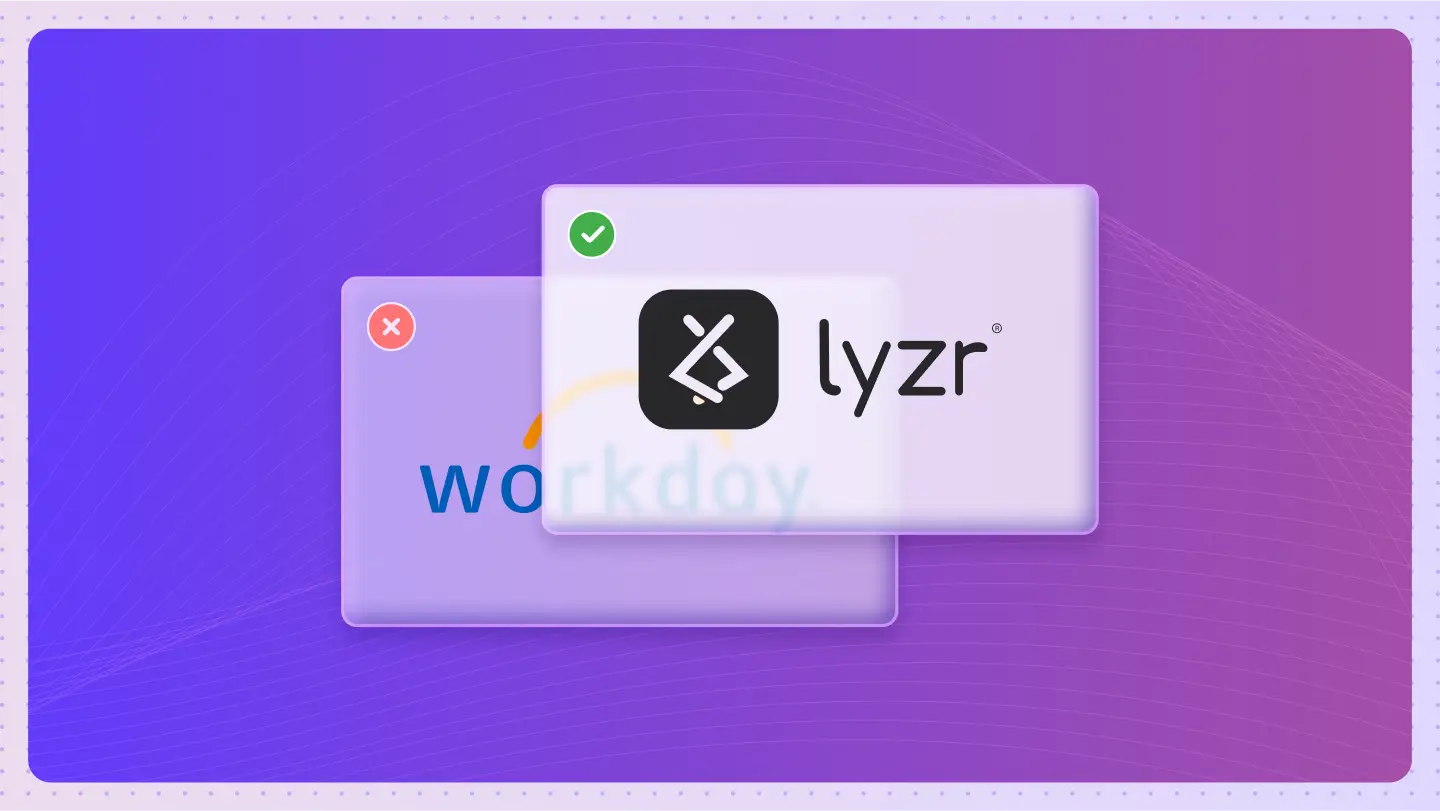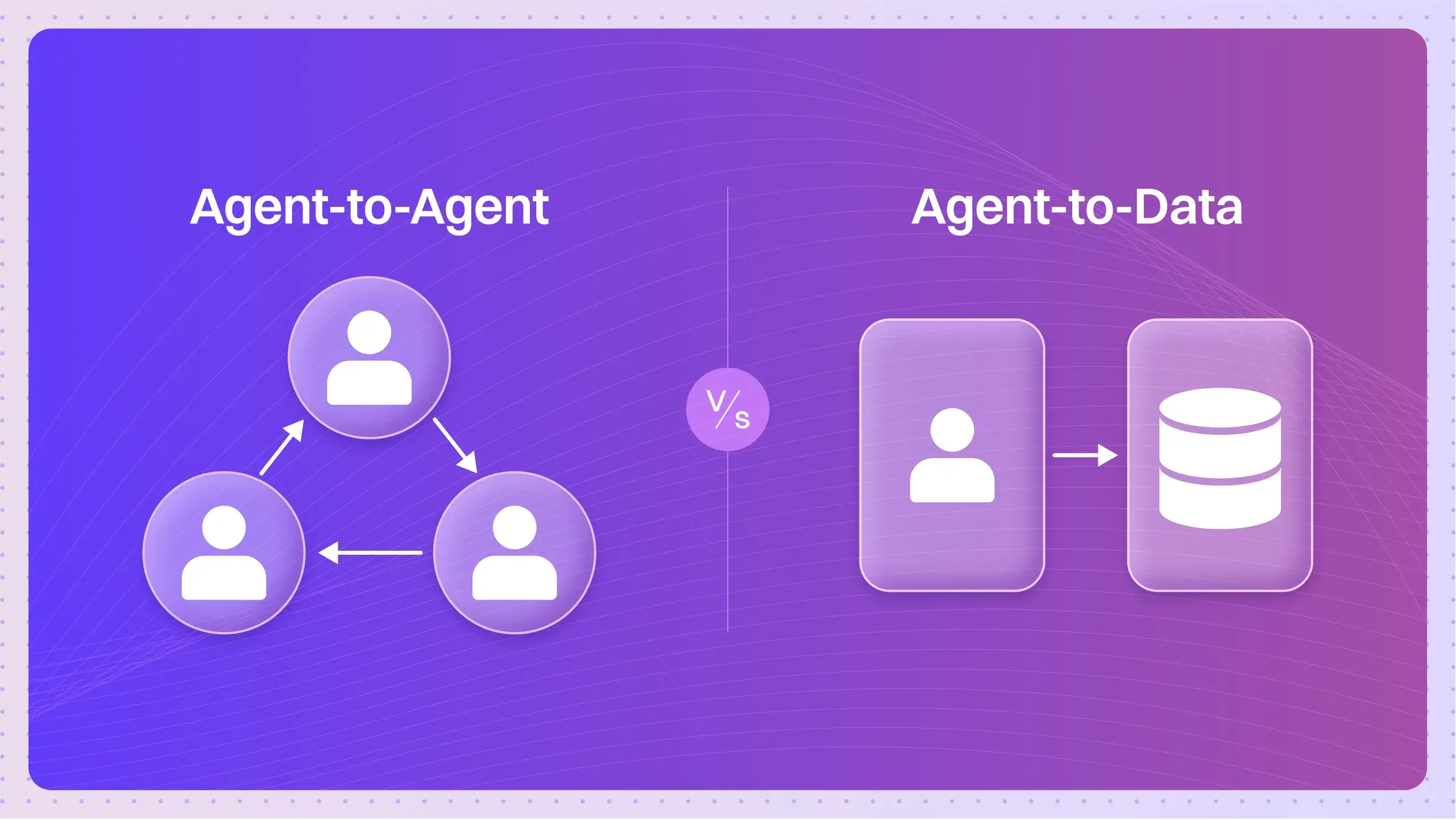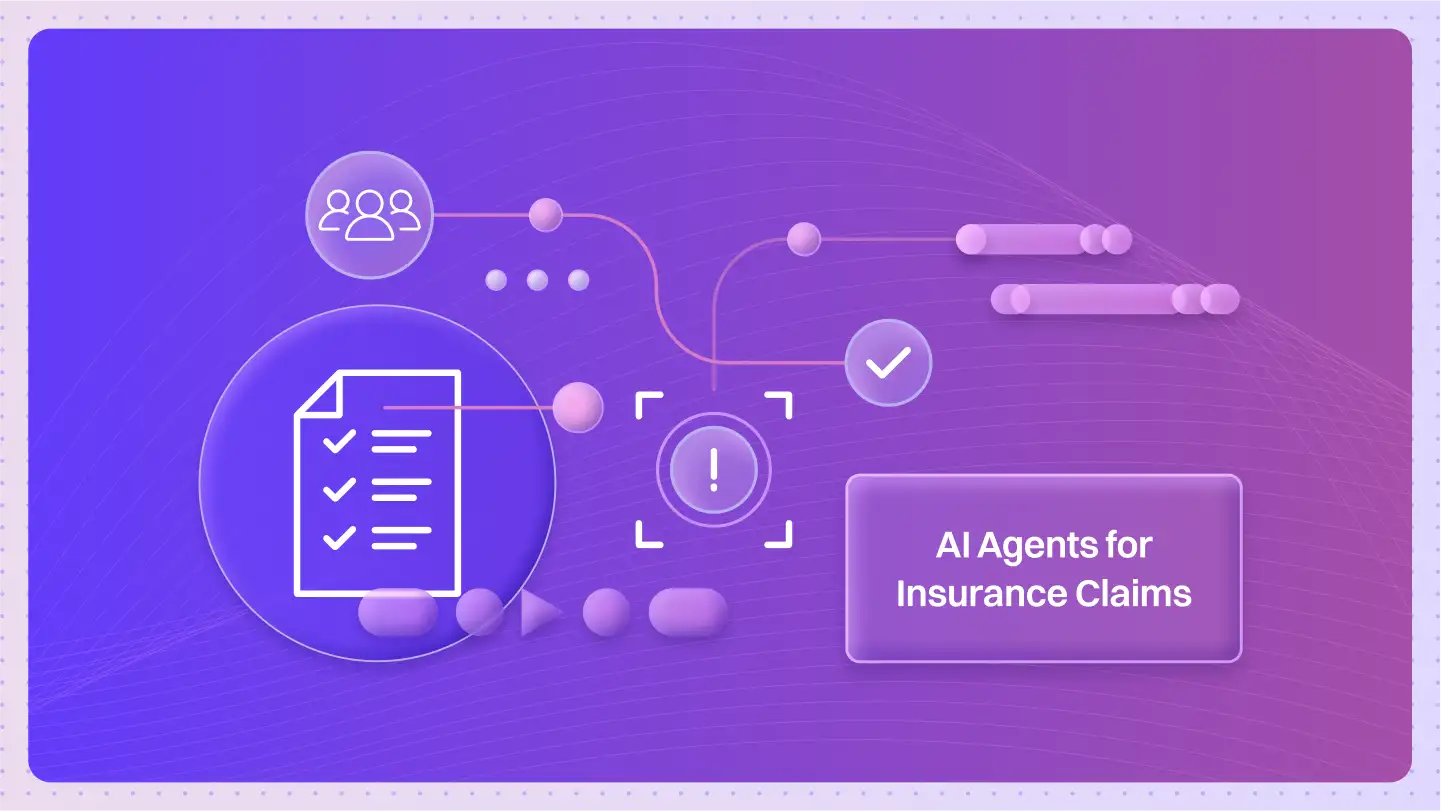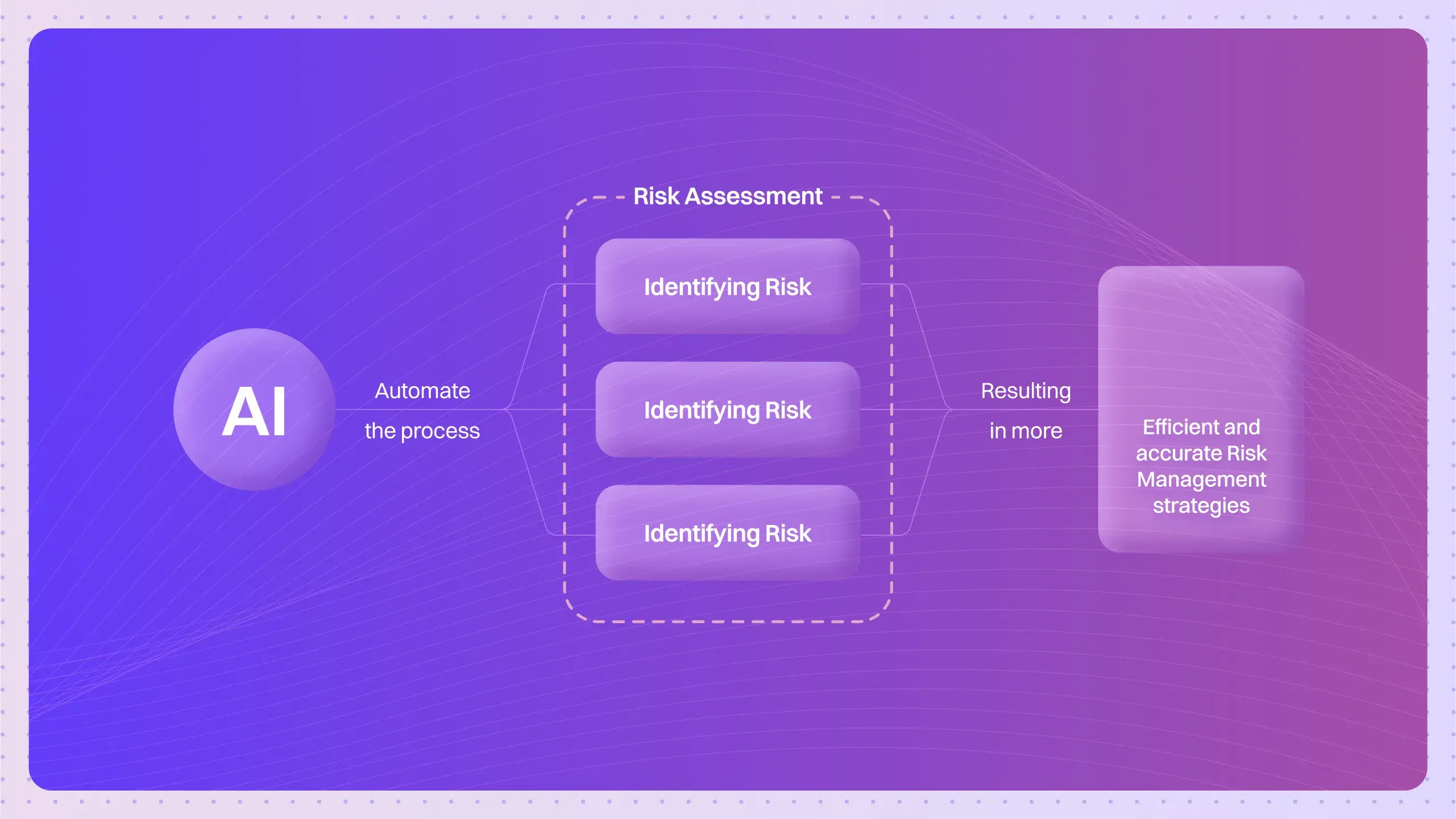Knowledge Graphs
An AI agent without a knowledge graph is like a brilliant person with amnesia. It can process language, but it has no stable memory of how the world is connected.
A knowledge graph is a structured network that represents information as interconnected facts, where entities (people, places, things) are linked together by relationships, creating a web of knowledge that machines can navigate and reason with.
Think of it as a digital map of facts for an AI agent. A road map shows cities (entities) connected by roads (relationships). This map lets you plan a route. A knowledge graph gives an AI agent a map of reality, showing how concepts like “Apple Inc.,” “Steve Jobs,” and “iPhone” are all connected. This map allows the agent to reason, plan complex tasks, and answer questions with factual accuracy.
This isn’t just about storing data. It’s about giving an AI a framework for understanding. For an AI agent, that’s the difference between guessing and knowing.
How do knowledge graphs differ from traditional databases?
The structure is the game-changer, especially for an AI agent that needs to think flexibly.
A traditional database uses tables. Rows and columns. It’s rigid. It’s great for storing lists of transactions or users. But asking it to find a non-obvious, six-step connection between a user and a product is slow and painful.
A knowledge graph is a network. A web. It stores data as nodes (the “things”) and edges (the “relationships”). This structure is built for discovering how things are connected, no matter how indirectly. An agent can “walk” the graph from one node to another, discovering pathways that would be invisible in a tabular database. It mirrors how a human mind makes connections.
What are the core components of a knowledge graph?
It’s elegantly simple. Everything is broken down into a three-part statement called a “triple.” It’s like a basic sentence: Subject – Predicate – Object.
- Nodes (Entities): These are the nouns in the agent’s world.
(Lyzr.ai),(AI Agent),(Generative AI). - Edges (Relationships): These are the verbs that connect the nouns.
(is_a),(uses),(powered_by). - Triples: These components combine to form a single, machine-readable fact.
(Lyzr.ai) -[develops]-> (AI Agent).
When an AI agent has access to millions or billions of these interconnected triples, it has a “world model” it can use to reason about almost anything.
Why are Knowledge Graphs crucial for AI Agents?
This is where theory meets action. A knowledge graph gives an AI agent a brain, not just a voice.
- Factual Grounding: It acts as the agent’s long-term, verifiable memory. Before answering a question, the agent can query its knowledge graph to ensure the information is correct. This drastically reduces AI hallucinations.
- Complex Reasoning: Agents can perform multi-hop reasoning by traversing the graph. To answer “Who founded the company that makes the iPhone?”, an agent follows the path:
(iPhone) <-[produces]- (Apple Inc.) -[was_founded_by]-> (Steve Jobs). - Task Planning: An autonomous agent can use the graph to break down complex goals. To plan a business trip, it can query the graph for relationships between cities, airports, hotels, and meeting locations to create a valid itinerary.
- Personalization: An agent can build a dynamic knowledge graph for each user. It maps out their preferences, past interactions, and relationships, allowing for truly personalized and context-aware assistance.
What industries use knowledge graphs for AI?
The most advanced AI systems rely on them.
- Google’s search engine acts like an answer agent. Its Knowledge Graph is why it can give you a direct answer about a CEO’s birthday instead of just a list of blue links.
- AstraZeneca uses what can be described as a drug discovery agent. It navigates a vast biomedical knowledge graph to find non-obvious links between genes, proteins, and diseases, proposing new avenues for research.
- Facebook’s feed is powered by an agent trying to find content you’ll like. Its Entity Graph maps your connections to friends, pages, and interests to make its predictions.
What technical mechanisms power an AI Agent’s use of a Knowledge Graph?
An agent doesn’t just “read” the graph. It has a specific toolkit for interacting with its knowledge base. The core isn’t general-purpose code; it’s a stack designed for reasoning over connected data.
The foundational language is the Resource Description Framework (RDF). Think of this as the grammar the agent uses to structure every fact in its “brain.” It ensures knowledge is consistent.
To ask questions, the agent uses SPARQL. This is the query language for graphs. Instead of SELECT * FROM users, an agent sends a SPARQL query to find all entities connected to a specific node, effectively asking, “What do I know about this topic?”
To learn and infer new facts, advanced agents use Graph Neural Networks (GNNs). A GNN can analyze the existing structure of the graph and predict missing links, allowing the agent to hypothesize new relationships it hasn’t been explicitly told.
Quick Test: Think like an agent
An AI agent is tasked with understanding a business ecosystem. It’s given three new pieces of information:
- “Acme Corp” is a company.
- “John Doe” is the CEO.
- John Doe founded Acme Corp.
How would the agent structure these facts as knowledge graph triples?
Answer: The agent would create three triples:
(Acme Corp) -[is_a]-> (Company)(John Doe) -[is_ceo_of]-> (Acme Corp)(John Doe) -[founded]-> (Acme Corp)
Deep Dive: Questions That Push the Boundaries for AI Agents
How do knowledge graphs compare to vector databases for AI applications?
They are the perfect partnership for a sophisticated AI agent.
A vector database helps an agent with semantic understanding—finding things that are conceptually similar. It answers, “What documents in my memory are about this topic?”
A knowledge graph provides factual, structured reasoning. It answers, “What are the known, verifiable connections between these entities?”
An advanced agent uses both: it retrieves relevant information with a vector search, then uses the knowledge graph to reason about the facts and relationships within that information.
Can knowledge graphs help with explainable AI (XAI)?
Absolutely. This is one of their killer features for agents. When an agent makes a decision, you can ask it “Why?” The agent can then show you the exact path of nodes and edges it traversed through its knowledge graph to arrive at its conclusion. It’s a literal, auditable thought process.
How are ontologies related to knowledge graphs for an agent?
The ontology is the rulebook for the agent’s world model. It defines what types of things can exist (e.g., ‘Person’, ‘Company’) and what relationships are valid between them (a ‘Person’ can ‘work_for’ a ‘Company’, but not the other way around). This prevents the agent from creating nonsensical facts and ensures its knowledge is logically consistent.
What is the biggest challenge in using knowledge graphs with agents?
Keeping them current. The world changes constantly. The process of automatically and accurately identifying new entities and relationships from unstructured text (like news articles) and integrating them into the graph is a major area of ongoing research. This is called “Knowledge Graph construction and enrichment.”
What’s the difference between a knowledge graph and a property graph?
They are two different models. Knowledge graphs (using RDF) are based on a global, standardized web of data. Property graphs are more flexible and are often used within a single application, allowing rich properties to be stored on both nodes and edges. An AI agent might use a property graph for internal task management and an RDF knowledge graph for reasoning about the external world.
The future of autonomous AI is inseparable from the evolution of knowledge graphs. As these “brains” become larger, more dynamic, and more accurate, the agents that rely on them will move from simple task-doers to genuine digital collaborators.







